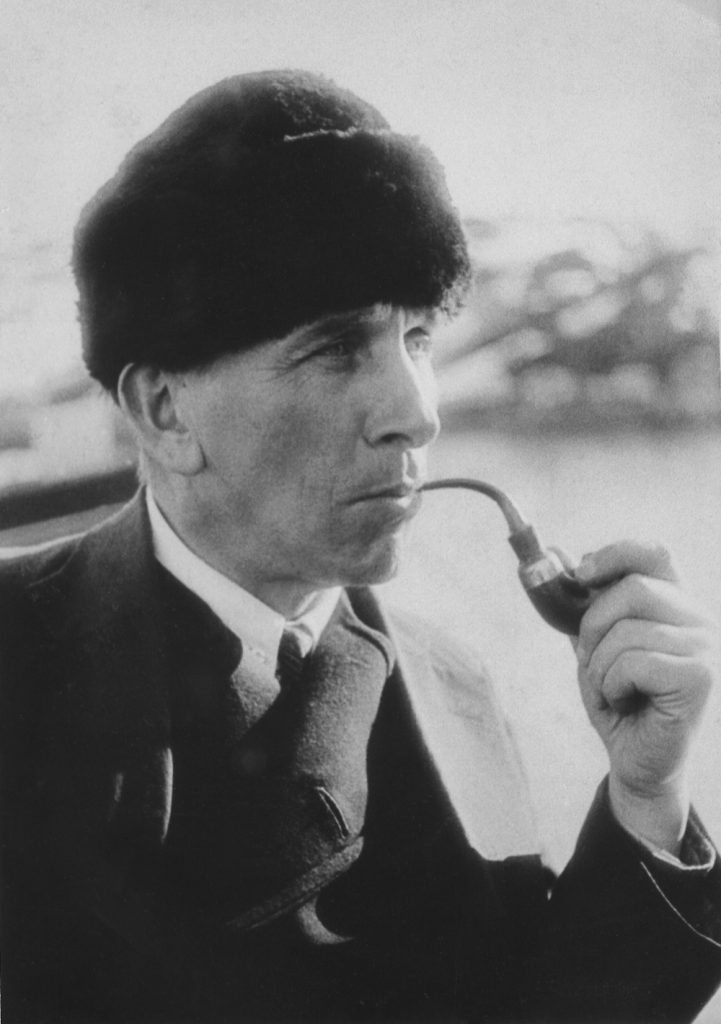Alfred Wegener’s Dedication to Metereology
Today, we understand that the Earth is not a stationary object. Its continents actually move subtly across the world over vast distances of time. Abraham Ortelius first advanced this theory in 1596, but it was Alfred Wegener who perfected it.
Wegener was born in Berlin in November of 1880. He studied the fields of astronomy, and later the emerging practice of meterology. The two fields gave Wegener perspective on the world, and a healthy interest in weather and how it affected the planet’s development.
Part of Wegener’s interest came from his hobby as a balloonist. He held records in the sport, and married the daughter of Wladimir Peter Koppen, another famous meteorologist, so the families would enjoy the pastime together. Throughout Wegener’s life, he held lectures about thermodynamics and atmosphere, which would eventually become compiled into a textbook for all students of the meteorology discipline.
Wegener also became interested in attempting to prove that the jet stream actually existed. Jet streams occur high above in a planet’s troposphere. Our winds typically head West, and often diverge into multiple paths. Jet streams today are most useful in helping to predict and guide air travel, but meteorologists use them to help predict weather patterns as well.
At the time, this was a highly controversial topic. Wegener decided to join several expeditions into Greenland searching for answers. Unfortunately, he went missing with his companion in 1930, and his body was not found until a year later.
Phineas Upham is an investor from NYC and SF. You may contact Phin on his Phineas Upham website or Twitter page.

 By
By